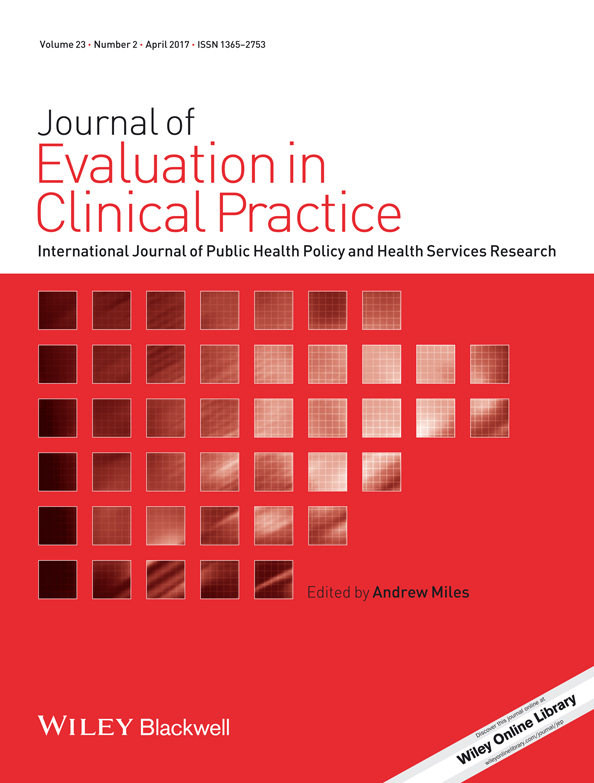Characteristics and residence of First Nations patients and their use of health care services in Saskatchewan, Canada: informing First Nations and Métis health services
Abstract
Rationale
In Canada, Aboriginal people, particularly First Nations experience significant health disparities and a lower health status compared with the non-Aboriginal population.
Aims and Objectives
The purpose of this study was to examine the demographic and clinical characteristics of First Nations patients admitted to hospitals in Saskatchewan, and the acute care services used by First Nations compared with non-First Nations, specifically hospital length of stay. Primary residence of patients was also mapped to determine geographic patterns that would inform health service provision.
Methods
A retrospective medical chart audit was carried out to collect data on patient demographics and clinical characteristics of 203 First Nations and 200 non-First Nations patients admitted to two urban hospitals in Saskatchewan from 2012 to 2014.
Results
The most common reason for admission of First Nations and non-First Nations patients was infection (24.6%) and cardiology conditions (19.5%), respectively. There was no significant difference in mean length of stay for First Nations (10.44 days) compared with non-First Nations (10.57 days). After adjusting for age, mean length of stay for First Nations was nearly 3 days longer than non-First Nations. First Nations patients' residence was from across the broad geography of Saskatchewan, with 45% living in rural communities or on reserve.
Conclusions
The outcomes of this study are clinically meaningful and support the need for research, in collaboration with Aboriginal patients and families, to further examine and improve the care experience in order to decrease health disparities for Aboriginal patients in Canada.




